For those of you that need the very “best of the best” when it comes to long range optics for precision rifles, a new Canadian firm named Tangent Theta is now in production, and is showcasing its three new scopes at the 2015 SHOT Show. From the looks of what I saw, Tangent Theta’s products are well-poised to provide strong competition for the current industry leaders such as Schmidt & Bender, etc…
Tangent Theta’s business model is “to manufacture a series of rifle telescopes for professional marksmen that will be beyond reproach in all manners of design, utility and service performance.” Emphasis on design is not only to use the highest quality German glass available, but also to create rugged scopes that are capable of extreme environmental conditions. Testing includes water emersion down to 2.5 atmospheres (roughly 73 feet) and impact testing to failure at 17,000 G’s.
The President of the new Halifax, Nova Scotia based firm, Andrew Webber, explained to me that in 2013, he and his partners purchased the physical assets and intellectual property of the now defunct Premier Reticles firm. He was careful to explain that these new scopes are different designs than the old Premier Scopes, but Tangent Theta is using all of Premier’s testing and design related equipment.
The flagship model is the Model TT525P, which is a first-focal-plane 5-25×56 scope. This scope features a 34-mm main tube, a 56-mm objective lens, and Mil / Mil capability. It also features a patented “tool-less Re-zero”™ feature for returning the elevation and windage turrets to your selected zero. The illuminated reticle has 11 brightness adjustments, which I am told has nothing to do with the film Spinal Tap. The TT525P has an MSRP of $4,200.00
The next scope in the line up is the Model TT315P, which is a 3-15×50 scope that retails for $3,800.00. It is a smaller version of the TT325P, which features the same 34mm main tube but has a 50mm front objective.
Rounding out the new line-up is Model TT315M, which is designed for Police and security marksmen. It takes many of the features of its sister scope, the TT315P, and fits it in a more lightweight and affordable package ($2,800). The smaller 30mm main tube result in less elevation and windage adjustment range, but there is certainly still enough adjustment range for typical law enforcement missions.
All three scopes come with Tenebraex lens covers and an Anti-reflection device (“ARD”).
One very clever feature built into all three TT scopes is the two small windows which visually indicate to the shooter whether the elevation turret is set to its first or second rotation. the scope covers its full range with only two rotations.
The TT315P and TT325P scopes also feature a tactile indicator which lets the operator know that the elevation turret is on its second revolution. This button, shown in the photo below in it’s extended position, automatically retracts when the reticle is turned back to the first rotation.
Obviously, just pawing these scopes at SHOT Show is not going to lead to many firm conclusions about quality, etc. Nonetheless, my initial impressions are highly favorable. The glass looked very bright and sharp, and turret adjustments feel incredibly sharp and precise, and the designs are remarkably compact given their optical range. We are hoping to get a T&E sample of the TT325P for in-depth testing and evaluation later this spring / early summer.

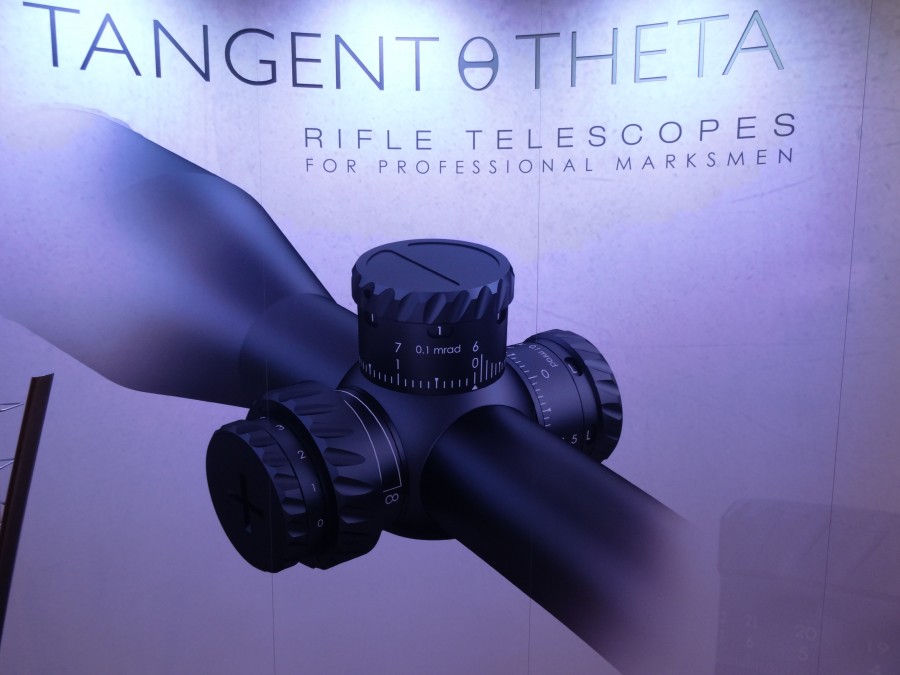
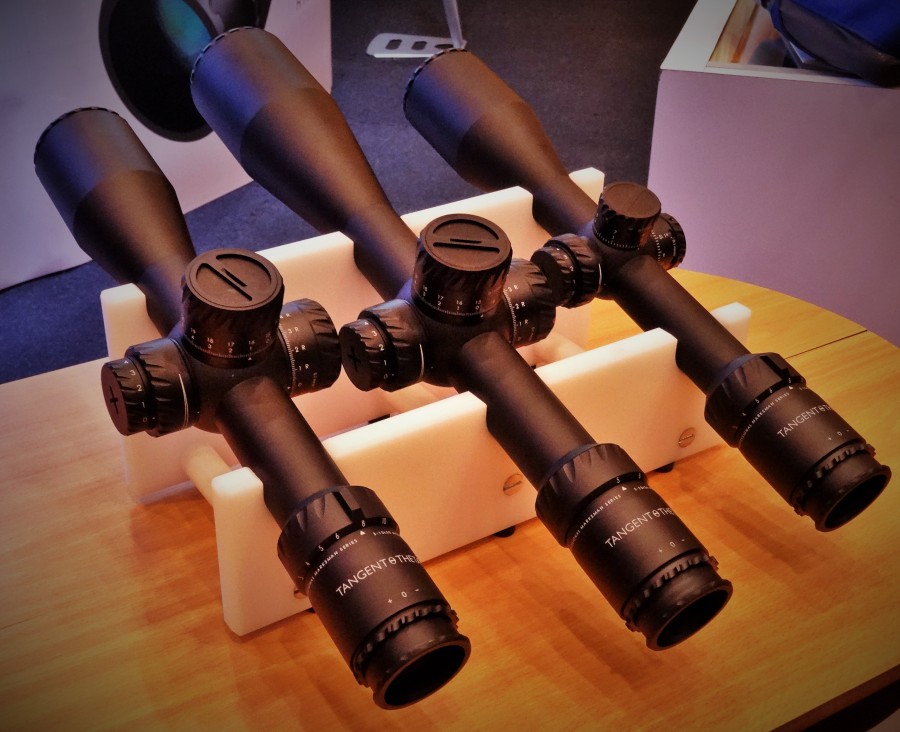
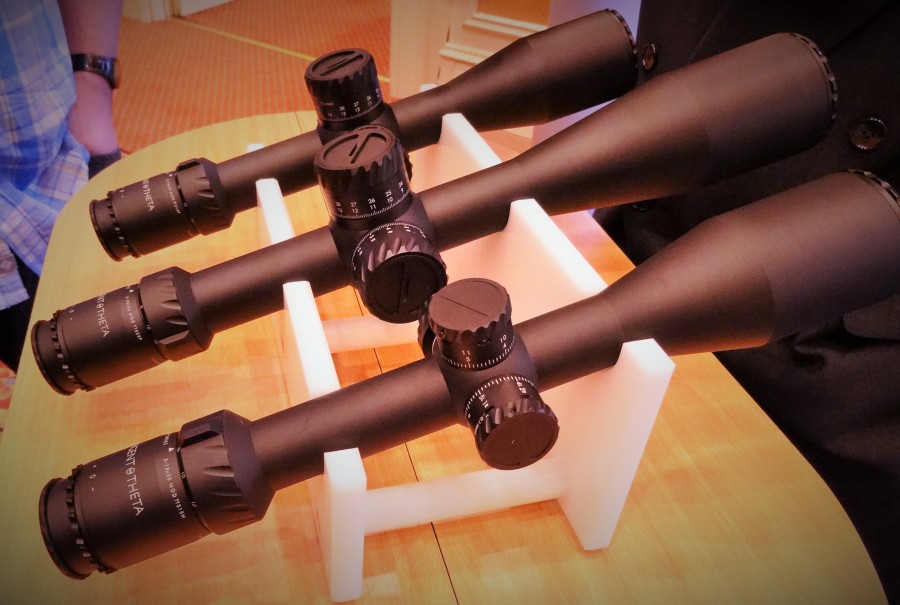
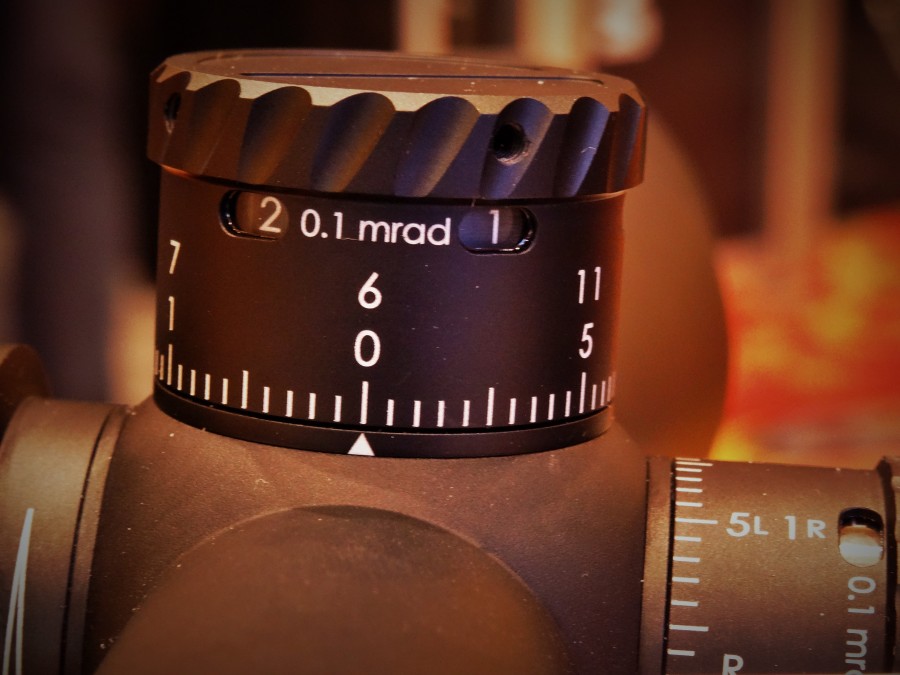
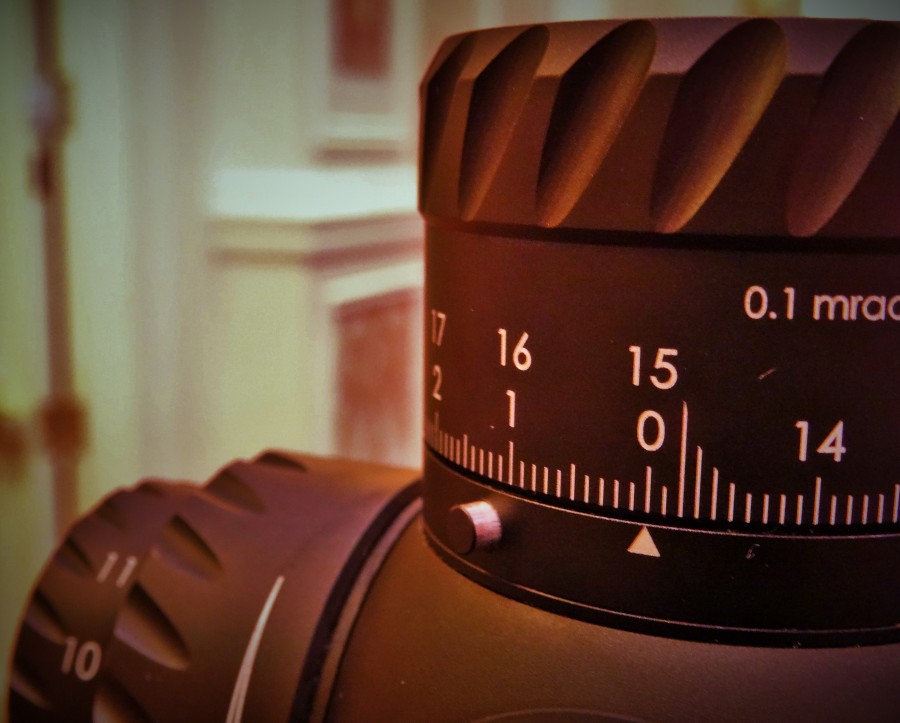



Dayum. Those are exceedingly sexy rifle telescopes. My entire life circumstances would have to change for me to consider purchasing one hahaha, but if I had the money they’d definitely be on the short list.
I have often wondered what I could do with a precision long range rifle and precision scope such as these … shooting precision ammunition of course. As it stands I hunt with a $250 rifle and a $250 scope shooting jelly-bean ammunition (at a cost of about $1 per round). Thus far, I have had no trouble whatsoever putting accurate shots into the heart/lungs of deer up to 150 yards. But it sure would improve my confidence if I could shoot much tighter groups at the range.
Strangely, I seem to shoot more accurately at actual deer than range targets. A trusted helper suggested that I am over-thinking my shots at the range — versus the prompt instinctive shots necessary to put accurate rounds onto a skittish deer that has trouble being still for more than two seconds.
Hmmm. Let’s see.
I got about $400 in my hunting rifle. $70 in the cheapo scope on it. Handload “match” 30-06 ammo for about $0.72 a shot.
Shoots about 1/2 MOA with many tests done on many days in multiple states.
Drill 4″x8″ plates at 500 yd consistently, shot after shot.
I do sort of shake my head at the $$ believed to be needed to get $INSERT_DESIRED_ACCURACY out of a rifle…especially when it is to be carried in the field.
Your money, though.
I will say that I have been eyeballing the Vortex scopes, probably something in the Viper PST line. Have heard great things about them (from a former 1000 yard Benchrest shooter, by the way).
That model vortex is listed for <$600 on their site.
PS: Longest shot on a deer with that rifle was 325 yd.
Zeiss and Leica make products in this price bracket that are better than Vortex. There is a reason why optics get more expensive, they get more complicated, require more expensive optical elements to correct certain things.
There is the ignorance is bliss type and the arrogant moron type. Guess which one you are.
Gear snobbery is funny.
Ignorant? I guess I’m the type of guy that has been shooting rifles for four decades and have shot over 1000 yards. I’m also a guy that does not see it practically necessarily spending money on stuff just to spend money on stuff.
Nor am I the type of guy that gets my panties wet over the brand name on my gear. I’ve got a $70 scope on my existing hunting rifle and while I would never argue it is “the best,” it works. At the range, I sit on the line right next to guys with “higher end” gear and make the same shots they do.
I’ve never used a Vortex scope. I mentioned them because they came recommended to me by a dude that routinely hunts big game at 700+ yards and kills prairie dogs 800+.
I mentioned the Vortex as an example of recommended (to me) gear under $1000 that could help uncommon_sense move up into longer range shooting without breaking his bank. There are of course other options.
The real point I was making was that one does not need to spend $4000 for a rifle scope to get good results, even to long range.
That mid range one would look awesome on my HiPoint carbine! JK!!
In reality, until you’ve actually looked through a high-end scope, folks don’t really know what they are missing. Same thing, really, with any sort of quality optics. The inexpensive eyepieces that came with my Meade astronomical scope are actually pretty good, but when I put a much nicer wide-field eyepiece on the scope just came to life. Same thing with comparing a the very nice Burris, Nikon, and other scopes on some of my rifles with the IOR Valdada and Nightforce optics on my two long range rifles – it’s the difference between peeping down a tube and actually being projected out into the scene itself. Looking through my Meade with a good eyepiece give you the feeling of looking out a spaceport in the ISS; it’s the same with good rifle optics.
Do you NEED that kind of optic for precision shooting – of course not. Most of the $$$ on the mil-spec scopes goes into the mechanical parts, making them bulllet, IED, and run-over-by-truck proof. Did you see the abuse taken by the scopes in Lone Survivor? Yeah – it was a movie, but apparently quite true to fact regarding the retreat over the cliffs. Would a Burris or consumer grade Leupold hold up to that abuse? Doubtful.
For most of us, the best compromise is probably buying the best optical system you can afford in a less-than-bombproof package. The $600-900 offerings from Leupold, Vortex, Burris, and the like are probably 90% of the optical clarity of a Nightforce, US Optics, or S&B, with about 75% of the mechanical robustness.
Make way for my new company hyperbolic cotangent theta
These are the guys who bought up Premier and their new scopes share quite a few similar features and look / feel as the Premier Tactical line. I have 2 Premier scopes and have owned a 3rd – all excellent and I’ll likely keep these two forever.
I just wanted to point out, 2.5 atmospheres would actually be a depth of 49.5 ft, roughly. You add one atmosphere for every 33 feet, but being as long as you are on earth, you will always be under a pressure of 1 atmostphere at sea level. Ha, my first post.
True but the inside of the scope has air in it, generally (I’d guess it’s dehumidified nitrogen) and what matters is the difference in pressure. So perhaps they are quoting the difference and got it right.
I think they test scopes by exerting an external pressure on them to see if it leaks said argon or nitrogen. At any rate, 2.5 atmospheres is not equal to 73 feet no matter which way you measure it. It is really not a big deal, just something that caught my eye. That being said, these scopes look pretty nice, and well out of my price range.
Just what the world needs right now, another $4000 rifle scope. The fact that PR went tits up trying to sell high end scopes seems to be lost on the current owners. Can you say “venture capital”?
These scopes are based on and very similar to the Premier Heritage line, of which I have the 15 and the 25 power versions. I see guys suggesting that scopes such as the NF NSX are excessive, in the abstract. I never read, though, about shooters actually using excellent glass, – thinking it was a waste. If you won’t be using excellent optics anyway, then perhaps you are better off completely satisfied with what you have. The glass in these scopes, as in the top tier that doubles the NF NSX’s price, well exceeds the clarity of scopes in the NSX class, which says a lot, and NF would not even argue the contrary, that is how sharp and bright the resolution is. I don’t drive upper end sports cars, but neither do I blithely assume that they are not vastly better than what I do drive.
Comments are closed.